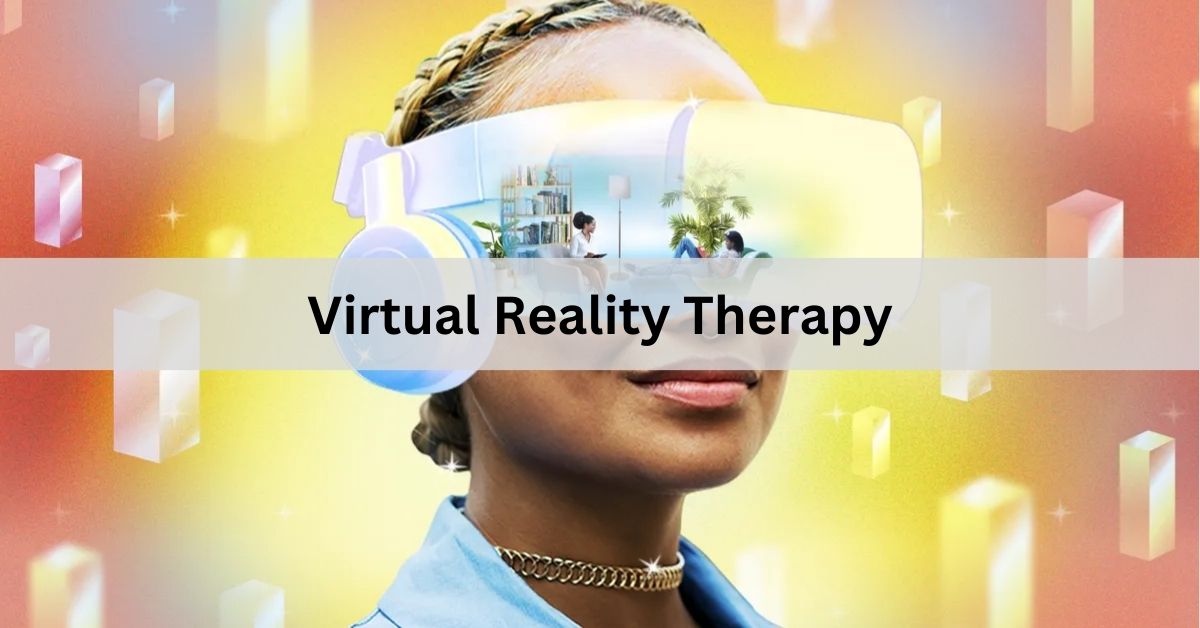Contents
Introduction to Virtual Reality Therapy
Virtual reality (VR) therapy is an innovative approach that uses VR technology to treat various psychological and physical conditions. This therapy involves the use of VR headsets and software to create immersive environments that help patients confront and manage their issues in a controlled and safe setting. As VR technology continues to advance, its applications in the field of therapy are expanding, offering new possibilities for effective treatment.
The Evolution of VR Therapy
Early Beginnings
The concept of using VR for therapeutic purposes dates back to the 1990s when researchers began exploring its potential in treating phobias and anxiety disorders. Early VR therapy systems were rudimentary, but they laid the groundwork for the sophisticated applications we see today. These initial experiments demonstrated that VR could provide a safe and controlled environment for exposure therapy, where patients confront their fears without real-world consequences.
Technological Advancements
Over the past decade, significant advancements in VR technology have made it more accessible and effective for therapeutic use. High-resolution displays, improved motion tracking, and more realistic virtual environments have enhanced the overall experience for patients. These technological improvements have expanded the range of conditions that can be treated with VR therapy, including PTSD, chronic pain, and rehabilitation from physical injuries.
Applications of VR Therapy
Treating Phobias and Anxiety Disorders
One of the most well-established uses of VR therapy is in the treatment of phobias and anxiety disorders. By simulating environments or situations that trigger anxiety, VR therapy allows patients to confront their fears gradually. For example, individuals with a fear of heights can be exposed to virtual high places in a controlled manner, helping them build tolerance and reduce their anxiety over time. The ability to customize scenarios to the patient’s needs makes VR an effective tool for personalized treatment.
PTSD and Trauma Recovery
VR therapy has shown promise in helping individuals with post-traumatic stress disorder (PTSD). By recreating the traumatic event in a controlled setting, VR therapy allows patients to process their experiences and develop coping strategies. This method, known as virtual reality exposure therapy (VRET), has been particularly effective for military veterans and survivors of traumatic incidents. The immersive nature of VR helps patients engage more fully in the therapeutic process, leading to better outcomes.
Pain Management
Chronic pain sufferers can benefit from VR therapy by using distraction techniques and immersive environments to reduce pain perception. VR can transport patients to relaxing virtual worlds, diverting their attention away from pain signals. Studies have shown that VR therapy can significantly reduce pain levels in patients with conditions such as fibromyalgia, arthritis, and even during painful medical procedures. This non-invasive approach offers an alternative to traditional pain management methods, with fewer side effects.
Physical Rehabilitation
VR therapy is increasingly used in physical rehabilitation to help patients recover from injuries and improve motor skills. Through interactive exercises and simulations, patients can perform physical activities in a virtual environment that mimics real-world movements. This approach can make rehabilitation more engaging and enjoyable, leading to higher levels of participation and faster recovery times. VR therapy is particularly beneficial for stroke patients and individuals with mobility issues, providing tailored exercises that cater to their specific needs.
Cognitive Behavioral Therapy (CBT)
VR therapy can enhance cognitive behavioral therapy (CBT) by providing immersive scenarios where patients can practice coping strategies and behavioral changes. For instance, patients with social anxiety can engage in virtual social interactions, gradually building their confidence and social skills. The interactive nature of VR allows therapists to create realistic situations that challenge patients and reinforce positive behaviors, making CBT more effective.
Benefits of VR Therapy
Enhanced Engagement
One of the primary benefits of VR therapy is its ability to engage patients more effectively than traditional therapeutic methods. The immersive nature of VR captures the patient’s attention, making them more likely to participate actively in their treatment. This increased engagement can lead to better therapeutic outcomes and a more positive overall experience.
Safe and Controlled Environment
VR therapy provides a safe and controlled environment where patients can confront their issues without real-world consequences. This safety net allows patients to take risks and challenge themselves in ways that might be too daunting in real life. For example, someone with a fear of flying can experience virtual flights without the stress and potential danger of an actual flight.
Customizable and Personalizable
VR therapy can be tailored to the specific needs of each patient, allowing for highly personalized treatment plans. Therapists can adjust the difficulty level of virtual scenarios, the pacing of exposure, and other variables to suit the patient’s progress and comfort level. This customization ensures that patients receive the most effective and appropriate treatment for their condition.
Cost-Effective
While the initial investment in VR equipment can be significant, VR therapy can be cost-effective in the long run. It reduces the need for travel, multiple therapy sessions, and other associated costs. Additionally, VR therapy can be administered remotely, making it accessible to patients who may have difficulty attending in-person sessions.
Challenges and Considerations
Technological Barriers
Despite its many benefits, VR therapy is not without challenges. One of the primary barriers is the cost and accessibility of VR equipment. While prices have come down in recent years, high-quality VR systems can still be expensive, limiting their availability to certain patient populations. Additionally, some patients may have difficulty using VR equipment due to physical or cognitive limitations.
Ensuring Realism and Presence
For VR therapy to be effective, the virtual environments must be realistic and immersive. Achieving this level of realism can be challenging, particularly for complex or highly specific scenarios. Ensuring that patients feel a sense of presence—that they are truly “in” the virtual environment—is crucial for the success of the therapy. Ongoing advancements in VR technology continue to improve these aspects, but there is still room for improvement.
Ethical and Privacy Concerns
As with any medical treatment, ethical and privacy considerations are important in VR therapy. Ensuring that patient data is protected and that VR scenarios do not cause undue stress or harm is essential. Therapists must be trained to use VR technology responsibly and to monitor patients closely to prevent any negative effects.
The Future of VR Therapy
Integration with AI and Machine Learning
The future of VR therapy looks promising, with potential advancements that could further enhance its effectiveness. Integration with artificial intelligence (AI) and machine learning could allow for more adaptive and personalized treatment plans. AI could analyze patient data in real-time, adjusting the therapy based on the patient’s responses and progress. This dynamic approach could make VR therapy even more responsive and effective.
Expansion of Applications
As VR technology continues to evolve, its applications in therapy are likely to expand. New therapeutic scenarios and treatments for a broader range of conditions will emerge, making VR therapy a versatile tool in the mental health and medical fields. For example, VR could be used for treating eating disorders, enhancing mindfulness and meditation practices, and even in educational settings to improve learning outcomes.
Greater Accessibility
Advancements in VR technology are also expected to make it more accessible and affordable. As the cost of VR equipment decreases and more portable solutions become available, a wider range of patients will be able to benefit from VR therapy. Additionally, increased awareness and acceptance of VR as a legitimate therapeutic tool will encourage more healthcare providers to adopt this technology.
Conclusion
Virtual reality therapy offers a revolutionary approach to treating various psychological and physical conditions. Its ability to create immersive, controlled, and personalized environments makes it an effective tool for improving patient outcomes. As technology advances and VR becomes more accessible, its applications in therapy will continue to grow, providing new opportunities for innovative and effective treatments. Embracing VR therapy can lead to better patient engagement, improved therapeutic outcomes, and a more holistic approach to healthcare.



























+ There are no comments
Add yours